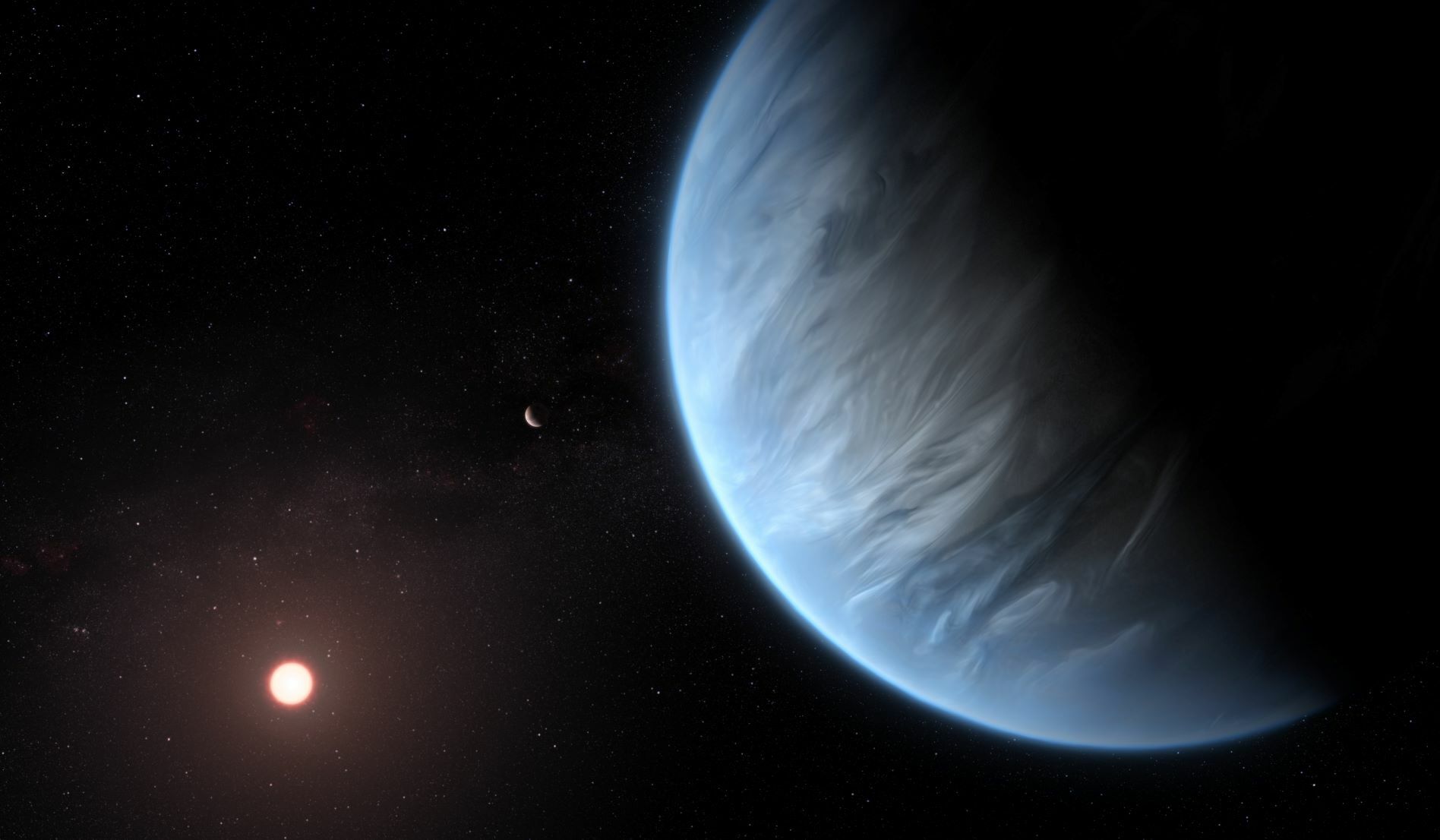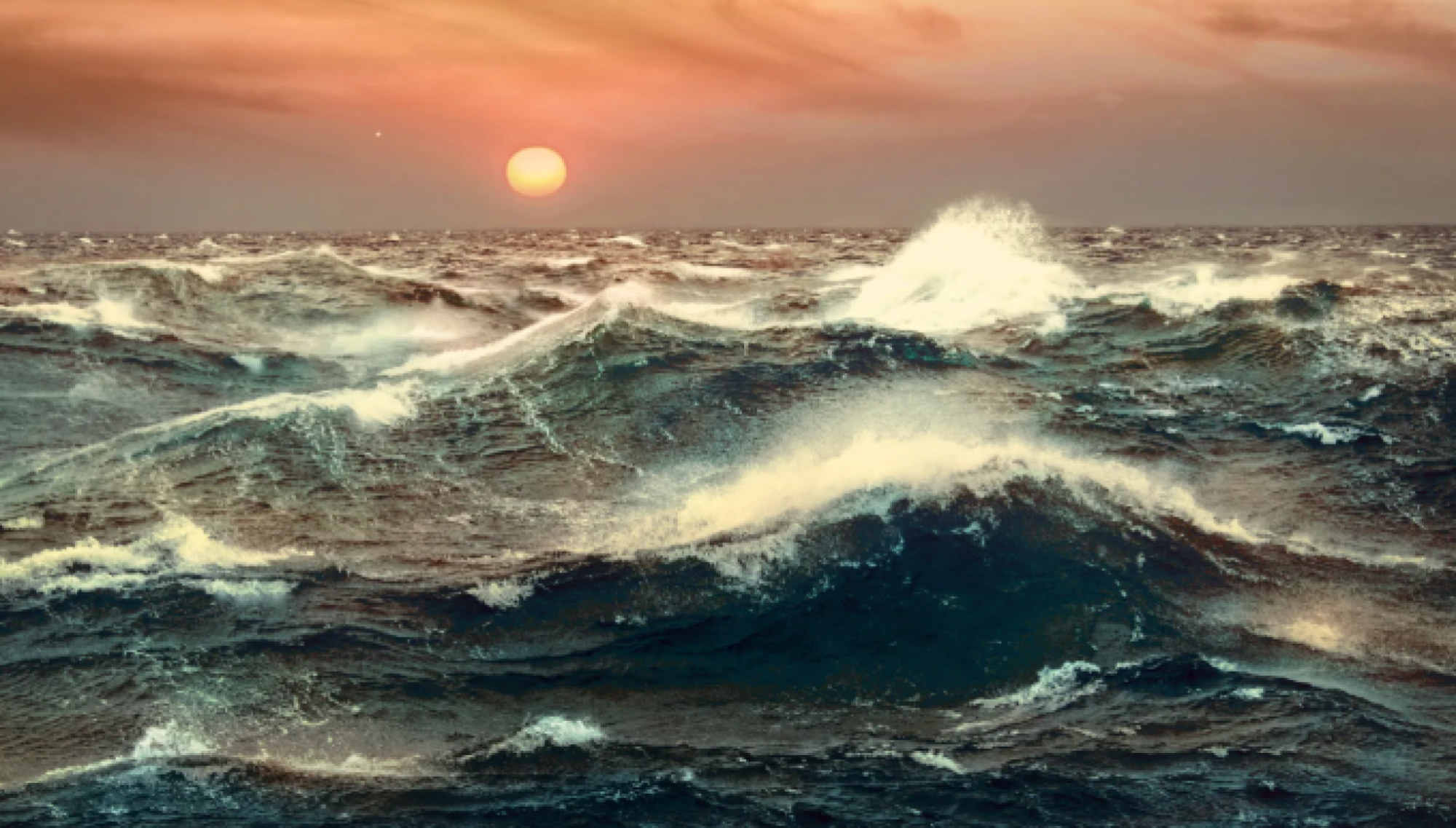
One hundred light-years away in the cosmos, a sprawling ocean may slosh over the entirety of a distant planet.
Astronomers recently announced that the exoplanet TOI-1452 b is close in size to Earth and lies in a region of its solar system where liquid water could exist. Vast amounts of water — many times the amount of water on Earth — could account for the planet’s lower density (as opposed to a world teeming with rock and metal). The team of over 50 scientists published their results in The Astronomical Journal.
“TOI-1452 b is one of the best candidates for an ocean planet that we have found to date,” Charles Cadieux, an astronomer at the Université de Montréal who led the research, said in a statement.

Credit: Benoit Gougeon / Université de Montréal
The NASA space telescope TESS, which surveys the cosmos for exoplanets, recently detected this potential water world when it passed in front of one of its stars (there are two stars in this far-off solar system). What clued the astronomers into the existence of TOI-1452 was a dip in the star’s brightness. (Some 50 hours of follow-up observations from the Canada-France-Hawaii Telescope in Hawai’i estimated the planet’s mass and characteristics.)
“If TOI-1452 b were shown to be an ocean world, that ocean could be quite deep indeed,” NASA noted. It’s possible an ocean makes up some 30 percent of TOI-1452 b’s mass. On Earth, water makes up just one percent of the planetary mass.
This new research underscores that TOI-1452 b is a compelling planet to further investigate. And astronomers now have an extraordinary exoplanet sleuth in space, the James Webb Space Telescope. It has instruments that can peer, in unprecedented detail, into the atmospheres of exoplanets to determine what they’re made of. The powerful instrument is expected to revolutionize our understanding of exoplanets, of which we know relatively little.
Want more science and tech news delivered straight to your inbox? Sign up for Mashable’s Top Stories newsletter today.
“We’ve only been able to barely scratch the surface,” Néstor Espinoza, an exoplanet researcher at the Space Telescope Science Institute, which runs the recently launched James Webb Space Telescope, told Mashable.
TOI-1452 b is in part of the sky the Webb telescope can easily see, and it’s not too far away. “Planet TOI-1452 b seems perfectly positioned for further investigation by the James Webb Space Telescope, now delivering science observations from its perch about a million miles (1.6 million kilometers) from Earth,” wrote NASA.
